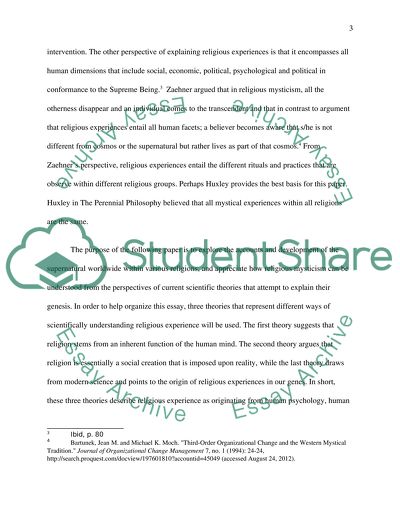Cite this document
(“A modern science approach to religious mysticism: perspectives of Research Paper”, n.d.)
Retrieved from https://studentshare.org/religion-and-theology/1400949-a-modern-science-approach-to-religious-mysticism
Retrieved from https://studentshare.org/religion-and-theology/1400949-a-modern-science-approach-to-religious-mysticism
(A Modern Science Approach to Religious Mysticism: Perspectives of Research Paper)
https://studentshare.org/religion-and-theology/1400949-a-modern-science-approach-to-religious-mysticism.
https://studentshare.org/religion-and-theology/1400949-a-modern-science-approach-to-religious-mysticism.
“A Modern Science Approach to Religious Mysticism: Perspectives of Research Paper”, n.d. https://studentshare.org/religion-and-theology/1400949-a-modern-science-approach-to-religious-mysticism.


